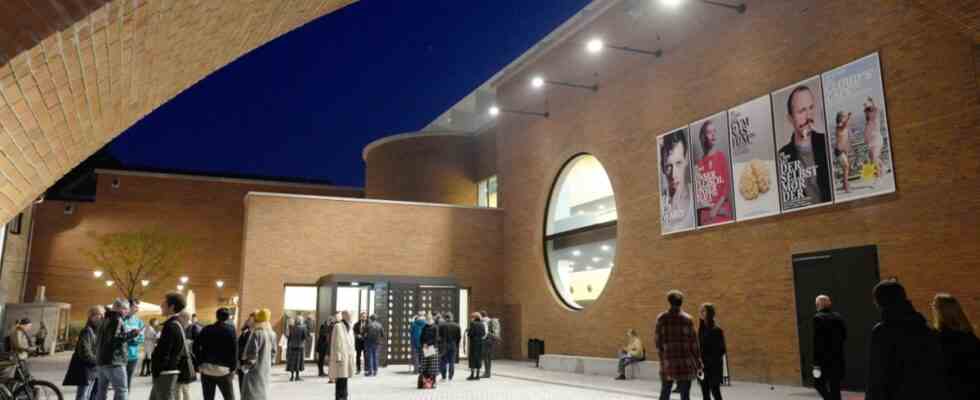The Volkstheater on the Viehhofgelände has been giving the area between Lindwurmstrasse and Tumblingerstrasse new splendor since October 2021. But the modest times in the slaughterhouse district are long gone – without expensive chic having spread here without gaps. The municipal planning committee has therefore extended the 1988 conservation statute for the district, not by a further five years, as before, but indefinitely, with review of the data basis every five years.
The deadline has already been lifted for 28 of the 36 existing preservation statutes in Munich. In the southern city center, the slaughterhouse district, after Ludwigsvorstadt and the Gärtnerplatz district, will become the third of five protection zones. The statutes for Dreimühlenstraße/Baldeplatz and the Glockenbachviertel will run until November 2023.
The slaughterhouse district protected area includes around 4,900 apartments with 8,400 residents. Among other things, the fact that 56.2 percent have an above-average number of rental apartments in privately held houses that are not divided according to the Home Ownership Act speaks for a high potential for upgrading and displacement, city-wide it is 27.4 percent. In addition, the rents for re-letting are 111 percent above the average within the Mittlerer Ring and continue to rise at an above-average rate. With 15.4 percent of the stock, two and a half times as many apartments have been converted here in the past ten years as the Munich average.
With the exception of the FDP parliamentary group, on whose behalf Jörg Hoffmann fundamentally rejected preservation statutes as “cold expropriation”, the city councilors voted unanimously for the extension. Simone Burger (SPD) spoke of an “incredibly important” instrument, even if the Federal Administrative Court had weakened the associated urban right of first refusal to the point of being unusable in autumn 2021.
It is definitely too late for the protection status in the old town
The conservation statute area was only slightly modified in three places and is roughly delimited by Lindwurmstrasse in the north-west, Ruppertstrasse in the south and Tumblingerstrasse and Maistrasse in the south-east. However, the borders are not drawn strictly along these streets, but run with bulges and indentations, since the planning department examines each house individually. Since the encroachments on property rights, as stated in the text of the resolution, cannot be imposed across the board, planners and city councilors feel compelled to define the area of application precisely. They therefore reject a uniform statute for Ludwigsvorstadt-Isarvorstadt suggested by citizens.
The same applies to the expansion to the south-east demanded by the district committee to the old southern cemetery, where numerous dormitories and short-term apartments speak against the fact that long-time residents here have to be protected from displacement. In the north, up to Beethovenstrasse and Nußbaumstrasse, on the other hand, there is a wealthy clientele who also do not need much protection. However, both areas remain under observation.
In the meantime, it is definitely too late for the protection status in the old town, whose residents also called for a nationwide conservation statute at the citizens’ meeting in September 2022. From an urban point of view, the potential for upgrading and displacement has long been exhausted. One could also say that the gentrification is complete, which is why the conservation statute there expired in 2001.
As an alternative, the planning committee is now bringing up a legally possible right of first refusal for the old town. A corresponding amendment went through against the votes of the FDP and CSU/free voters. Deputy City Planning Officer Jaqueline Charlier indicated that her house was not exactly enthusiastic about the test order. Expenditure and yield should be seen critically, one is “already working on many other instruments”, such as the inner city concept or the protection of monuments, says Charlier.

